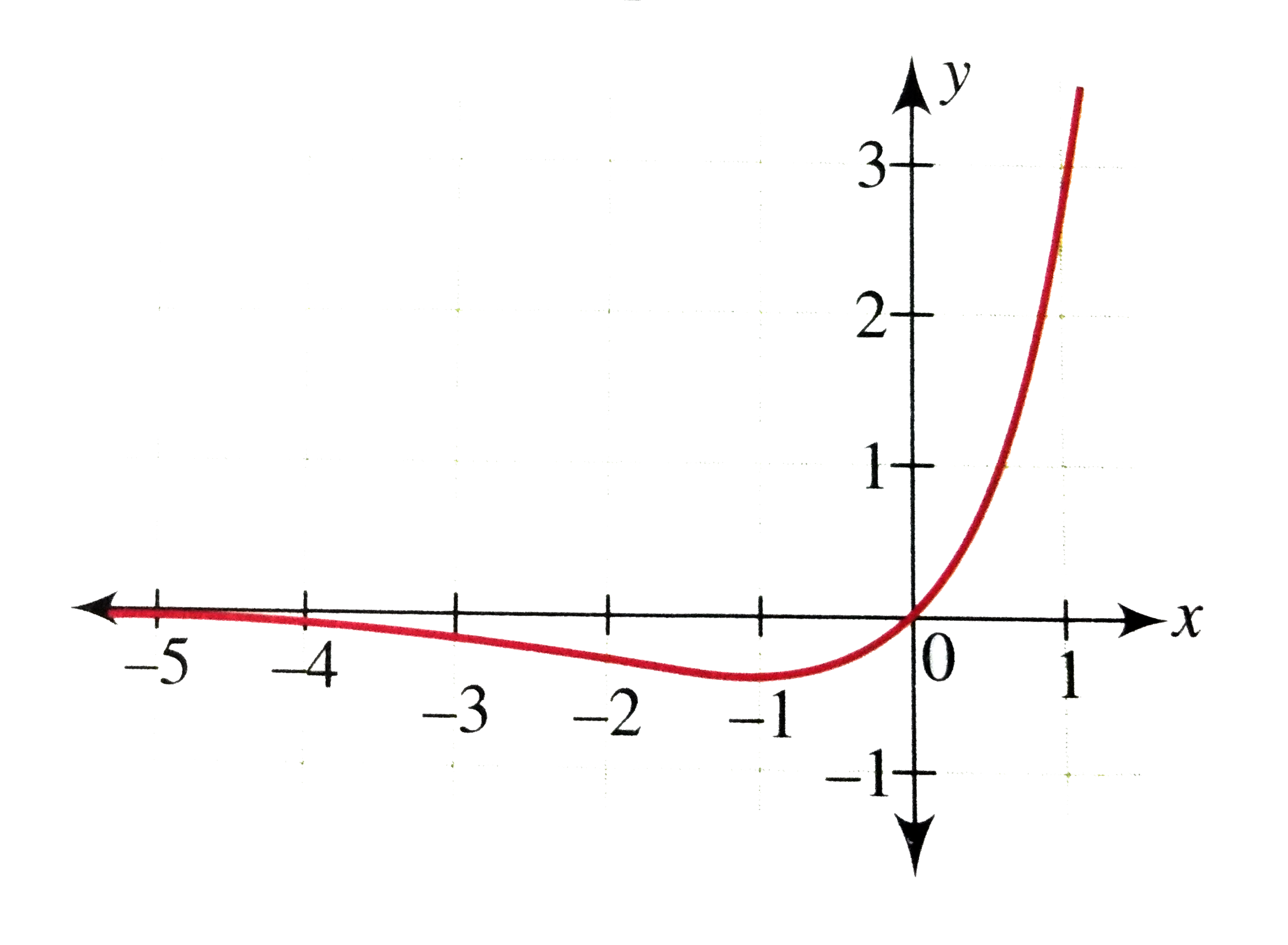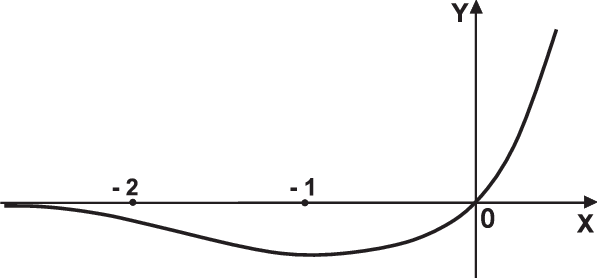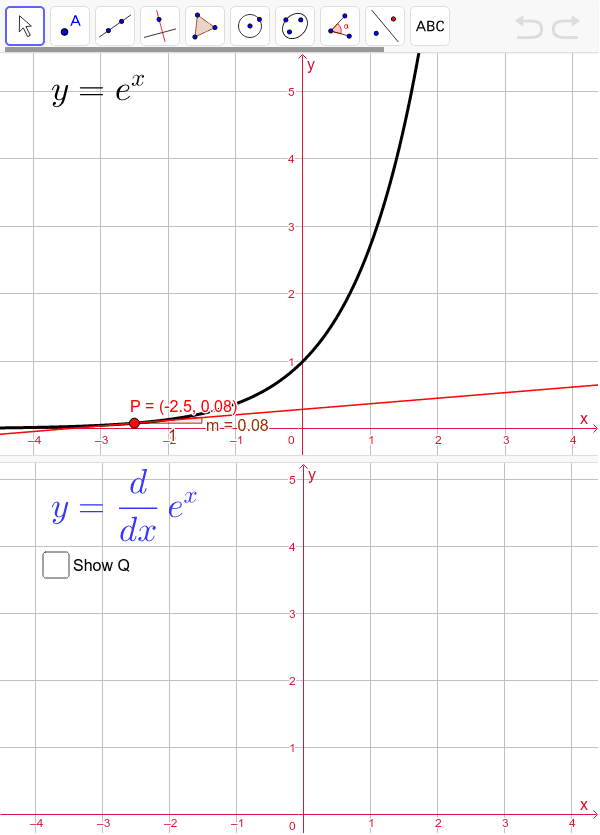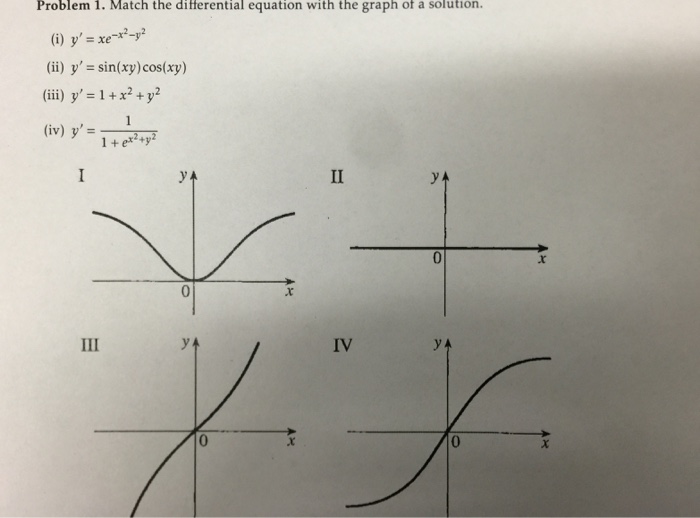
The graph of y = e−x + 3 is shown. What are the y-intercept and the horizontal asymptote, and do they - Brainly.com

The area enclosed between the curves y =log e x + e , x =log e 1/ y and the x axis isA. 2 sq. unitsB. 1 sq. unitsC. 4 sq. unitsD. None of these
Graph of y=e to the power x, y=a to the power x(when 01), log e base x(x greater than than equal to 0).
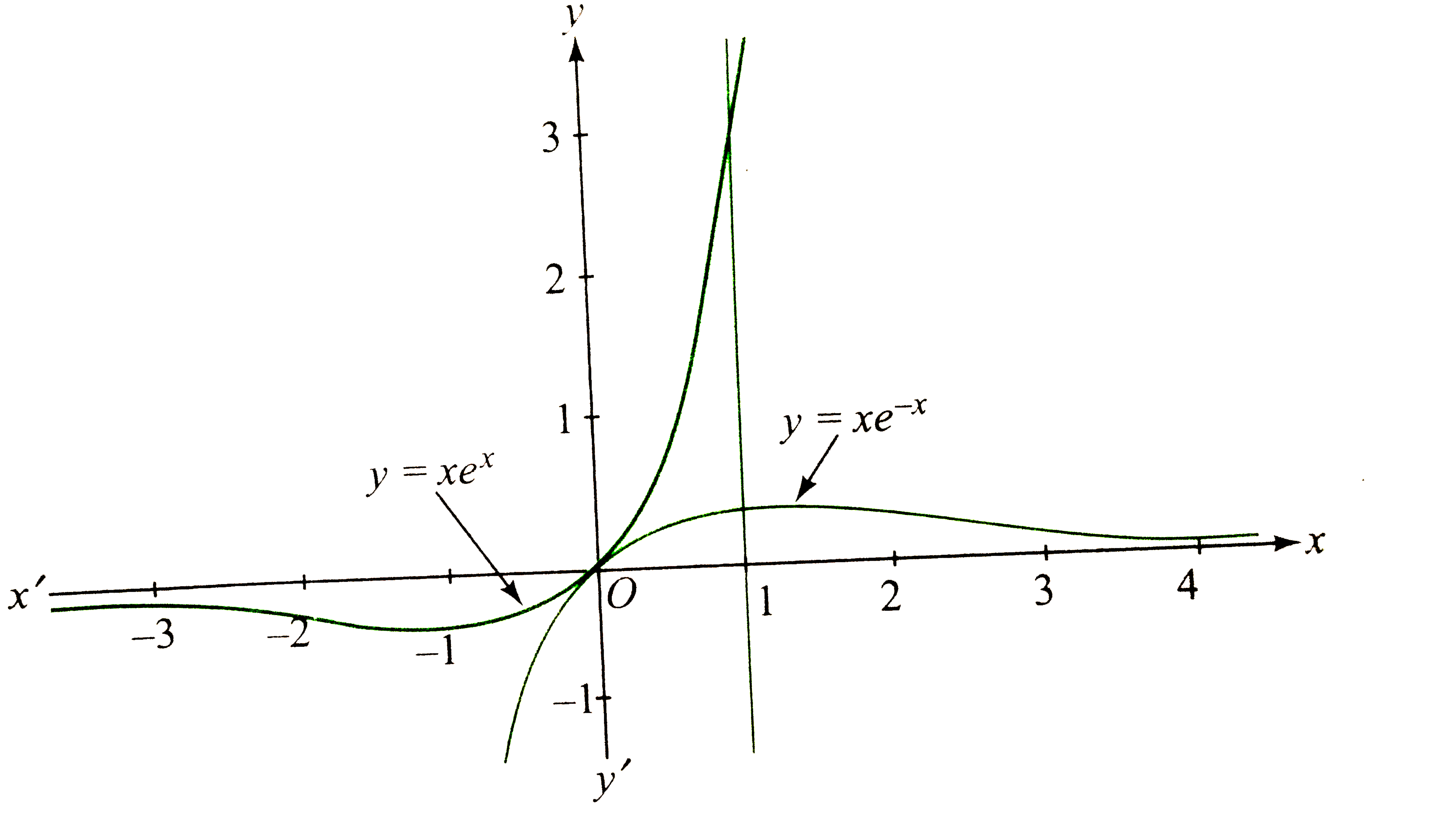
The area bounded by the curves y=x e^x ,y=x e^(-x) and the line x=1 is 2/e s qdotu n i t s (b) 1-2/e s qdotu n i t s 1/e s qdotu n i t s (d) 1-1/e s qdotu n i t s

Solution | Can we sketch and describe these composite functions? | Combining Functions | Underground Mathematics

Find the volume of the solid obtained by rotating the region enclosed by the graphs y=e^{-x},y= 1- e^{-x},x=0, y=5.5 about the y-axis. | Homework.Study.com

Explain how to work and graph this problem please When is the function y = xe^{-x} increasing/decreasing/flat? | Homework.Study.com
SOLUTION: Consider the function f(x) = xe^x . (a) State the domain of f. (b) Find the vertical asymptotes and horizontal asymptotes of the curve y(x) = f(x), if exist. (c) Find




